Jetstar passengers faced major trouble when a sudden system crash shut down airline operations. The failure disrupted check-ins and boarding, causing long delays and canceled flights. Stranded travelers grew frustrated as airports struggled to manage the mess. The issue exposed weak spots in airline technology, raising concerns about how well airlines handle such problems.
The trouble started on Saturday afternoon when Jetstar’s system stopped working, bringing flights to a halt nationwide. Airports quickly filled with passengers who could not check-in. As frustration grew, social media flooded with complaints about poor updates and little help. The airline tried to fix the issue fast, but the damage was already done.
Passengers in places like Bali and Japan faced the worst delays. The airline took hours to restore its system, but by then, canceled flights and missed connections had affected thousands. Even after fixing the issue, many travelers still dealt with delays and confusion.
Experts warn that airlines rely too much on digital systems, making failures more likely. To prevent more problems, airlines must improve their technology. The outage has also sparked questions about how airlines handle these crises. Travelers expect quick fixes, but Jetstar’s slow response left many upset.
The airline now faces backlash from customers demanding answers and refunds. Many passengers feel Jetstar failed to communicate well during the crisis. This event shows that airlines need better backup plans and clearer updates for travelers.
As the industry recovers from recent struggles, airlines must focus on reliability and better customer service. Jetstar’s system failure proves that strong technology and clear communication are key to keeping passengers happy. Moving forward, travelers will expect better solutions to avoid such travel chaos.
Related stories:
Catch up on the top stories and travel deals by subscribing to our newsletter!

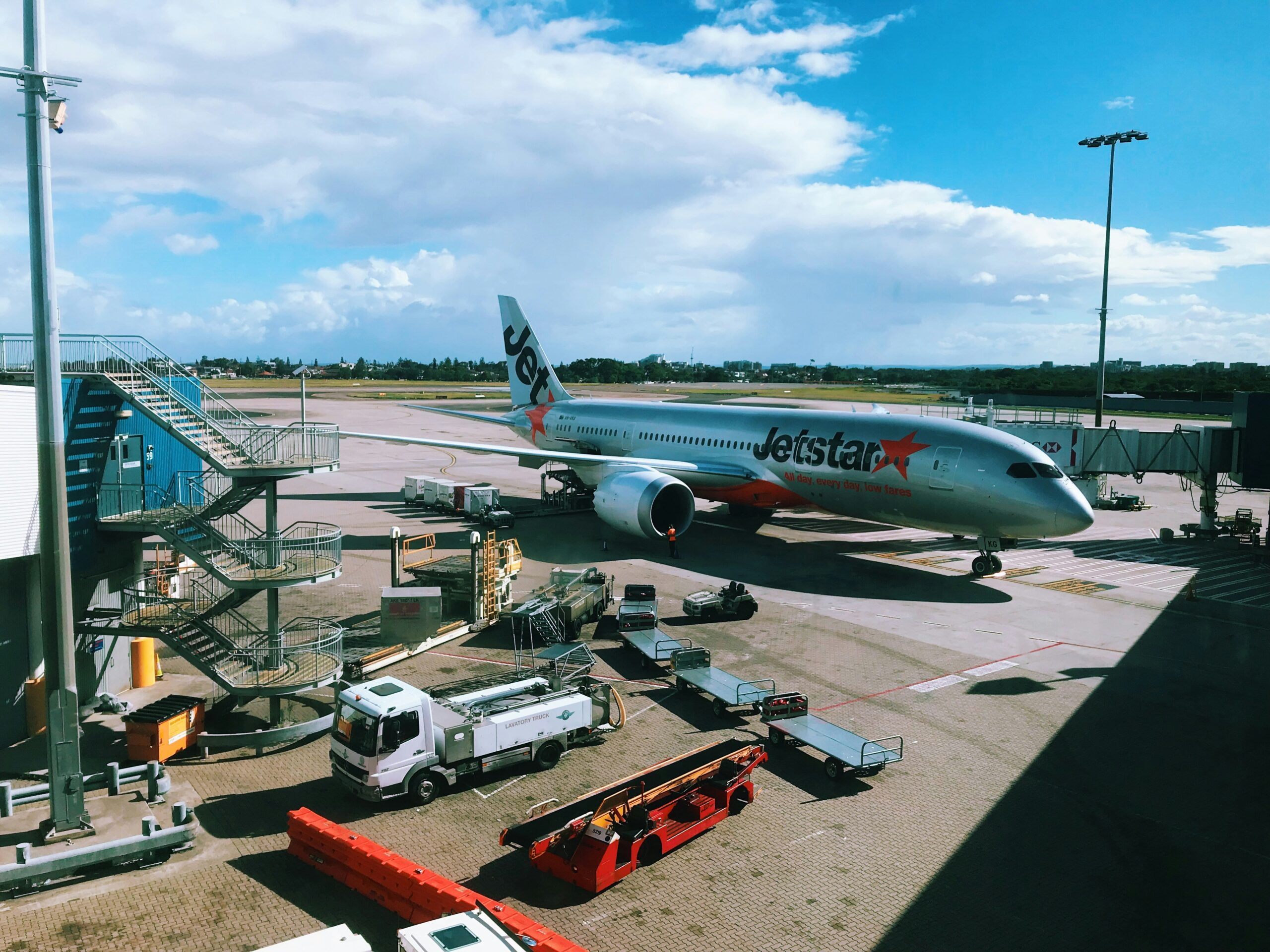

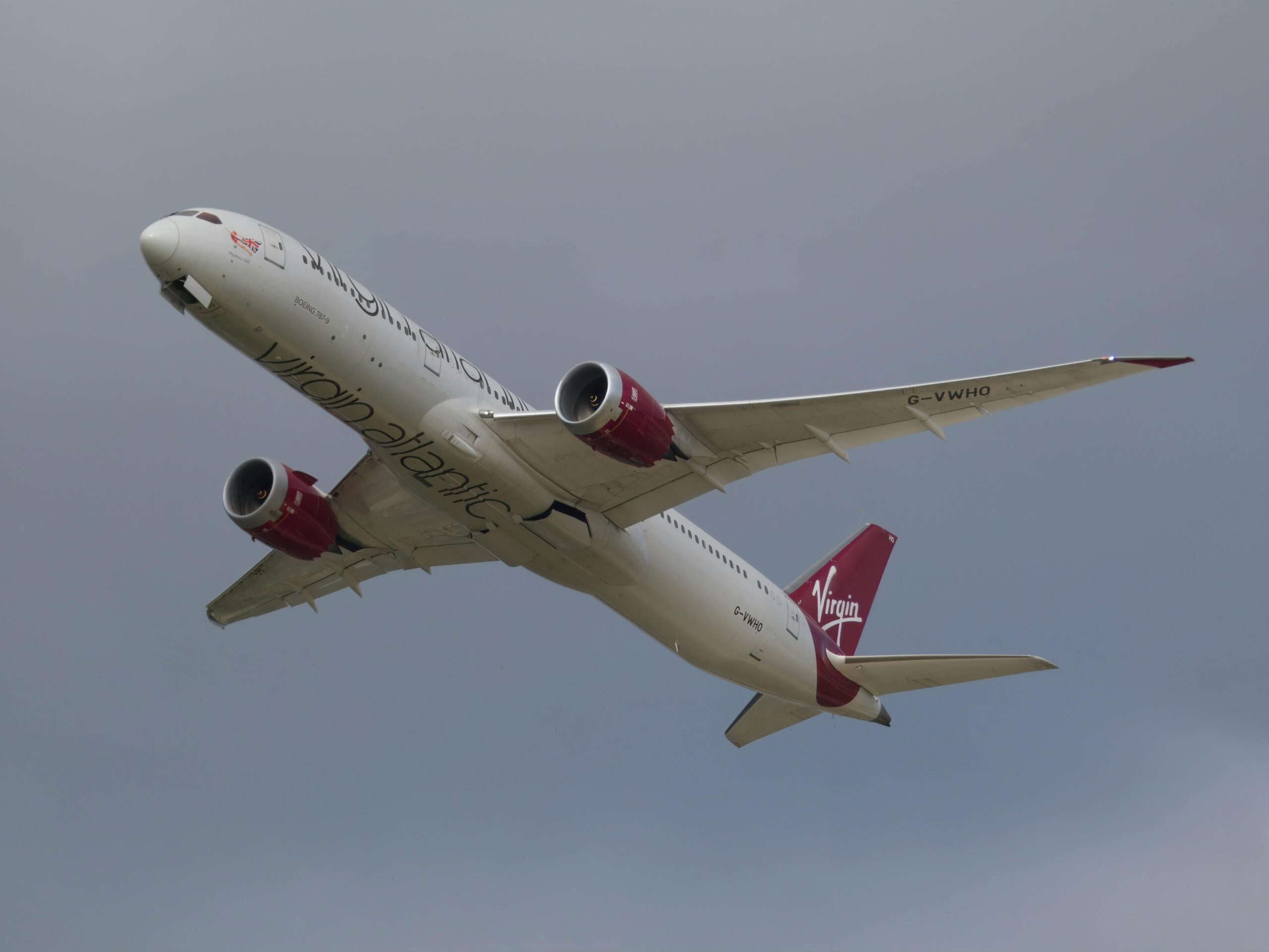
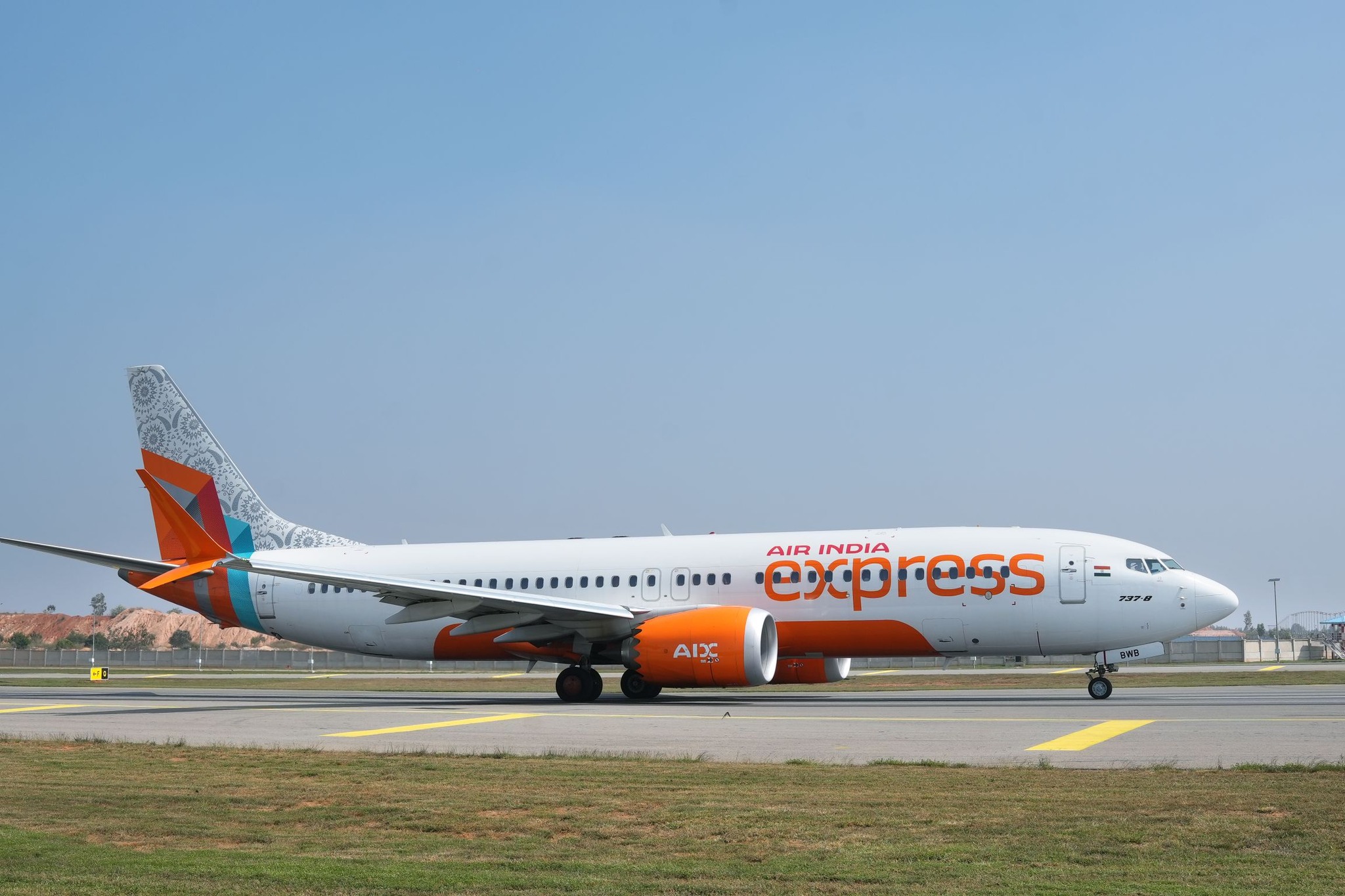
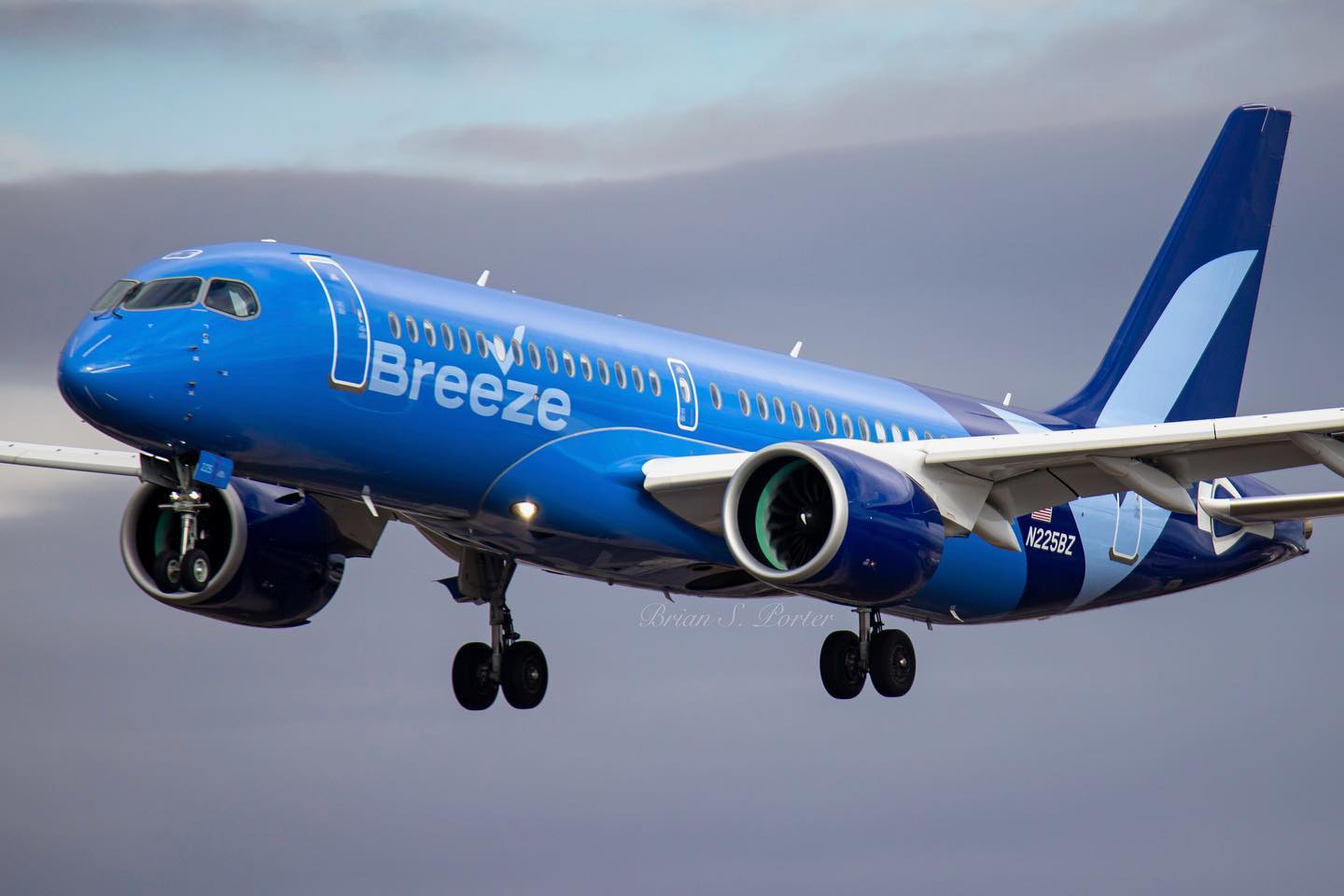
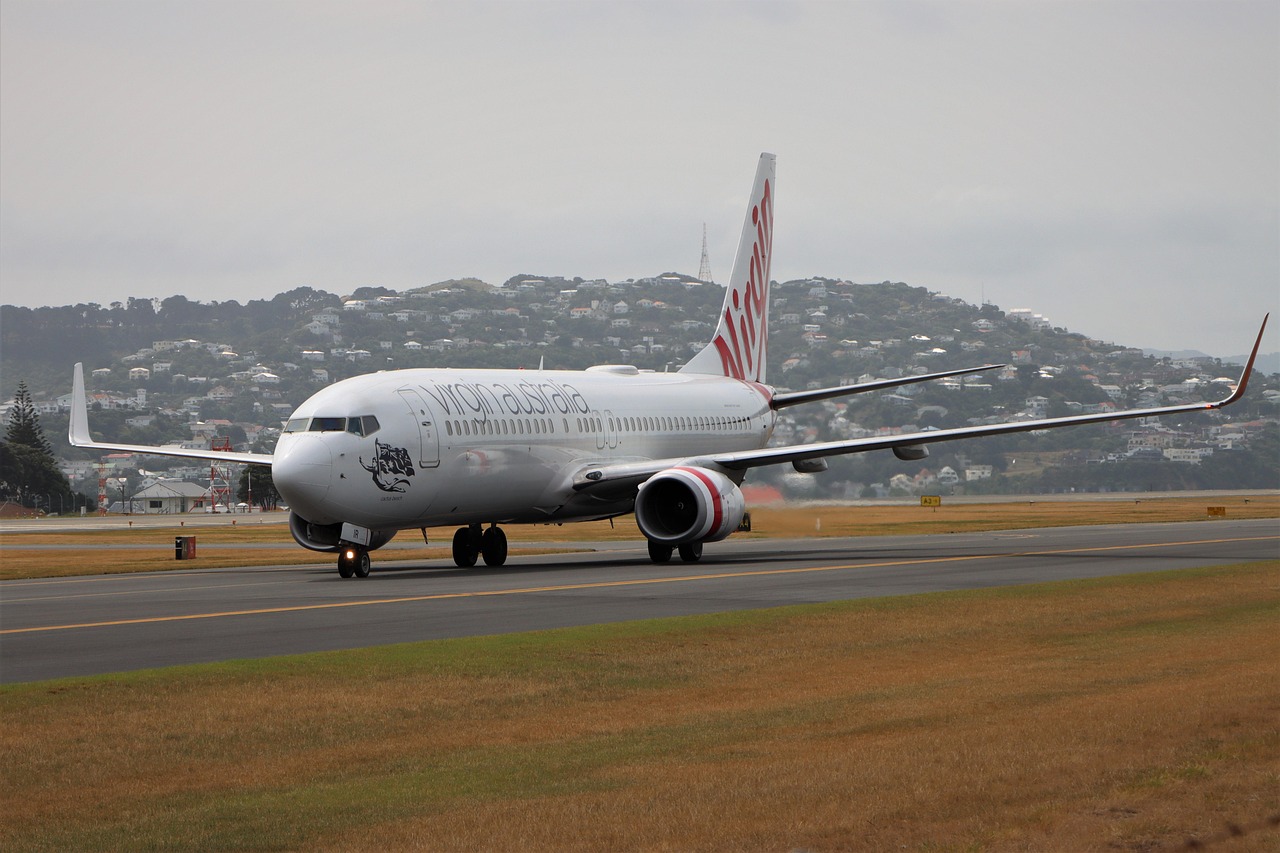
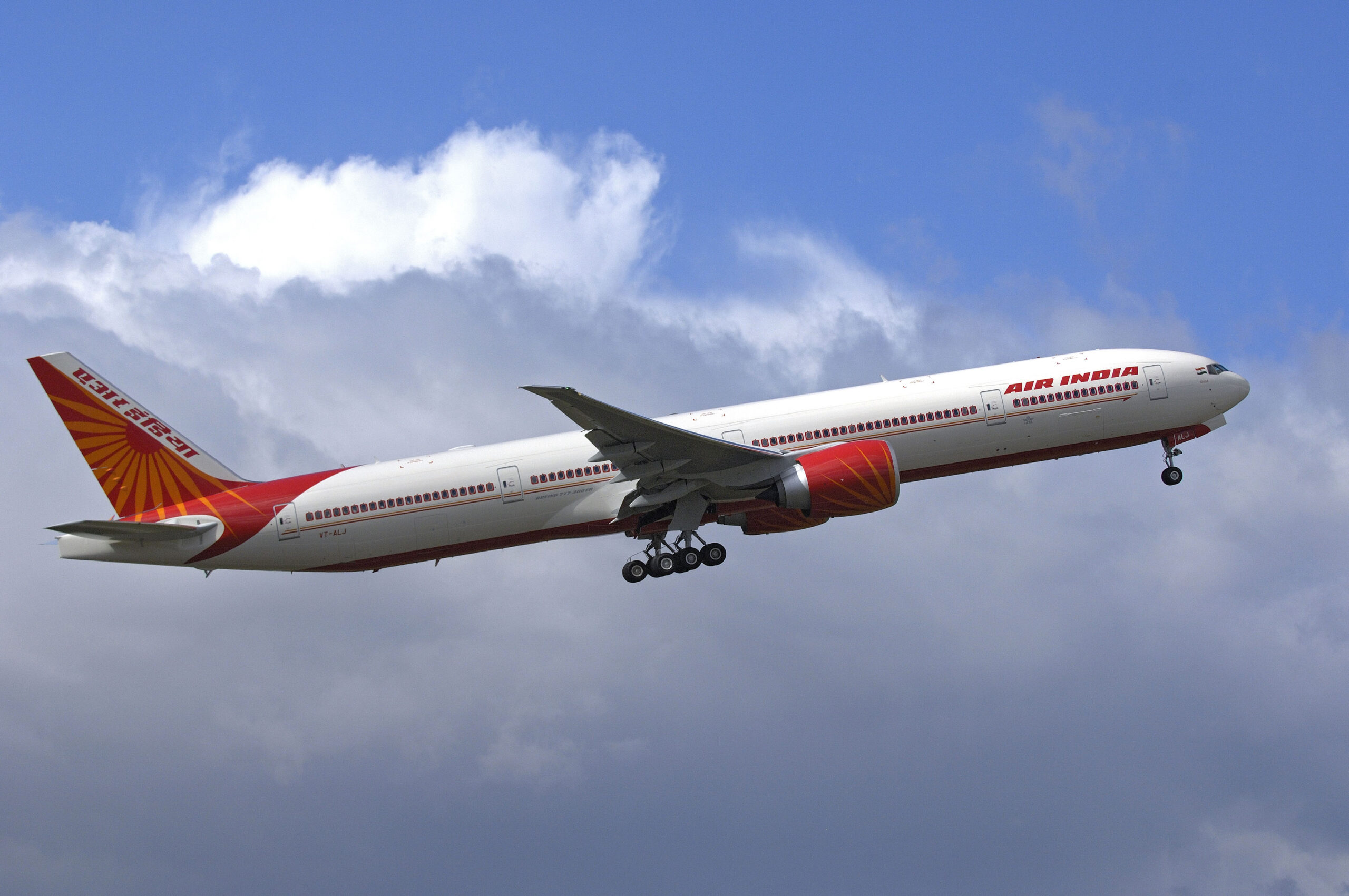

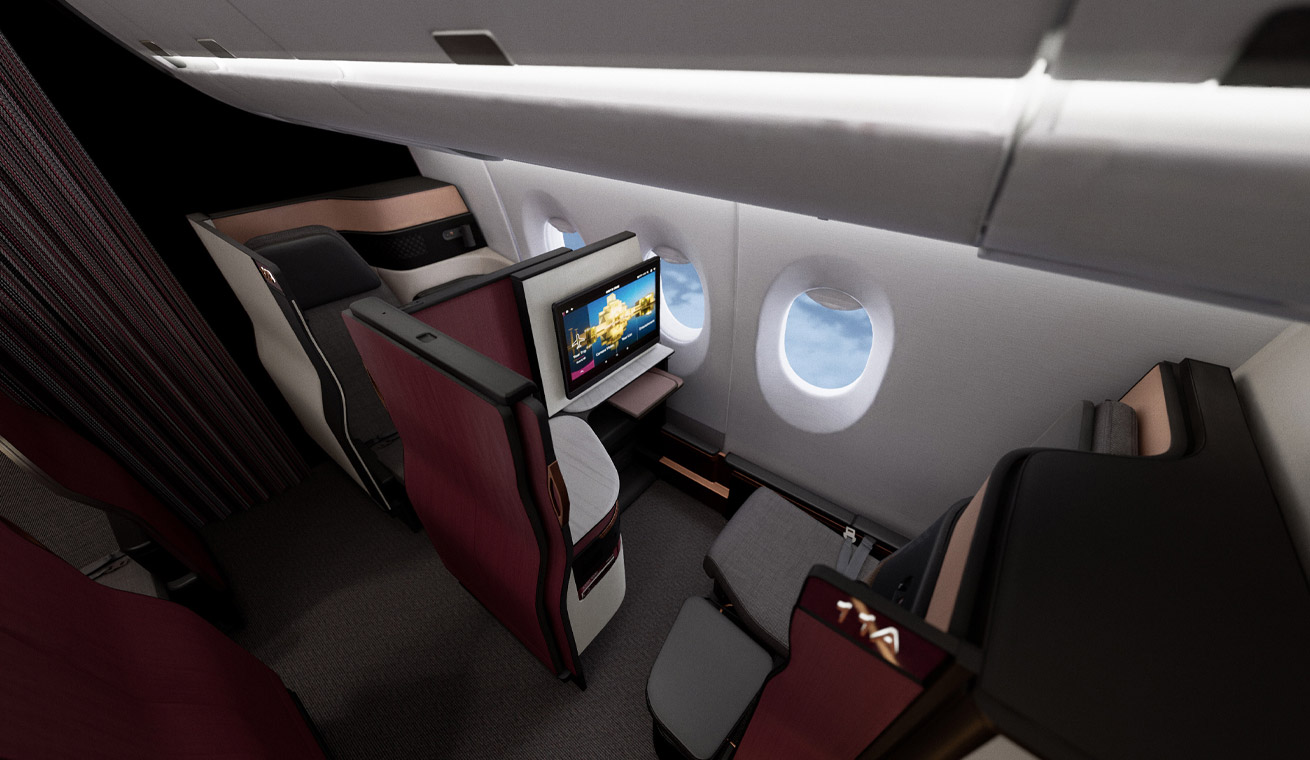


Leave a Reply